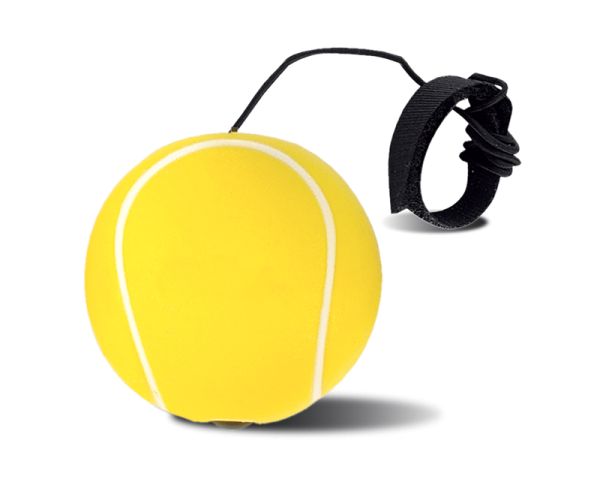Sportspeople have been attempting to get an edge since the third century BC, when unshod Olympic runners exchanged to shoes. For all the expense and engineering of today’s apparatus, the vast majority of it is incremental – helping us run a bit speedier or hit the ball a bit further. So caps off to these innovators, who converted significant games.

The vulcanized elastic tennis ball
The vulcanized elastic tennis ball Charles Goodyear used almost 20 years attempting to make elastic that didn’t stink, dissolve or split. Having been detained for obligation, about executed him with nitric corrosive and worn a foul-inhaling elastic suit for special purposes, he at last risked upon his long for “vulcanized” elastic in 1843.

The dartboard for hundreds
The dartboard for hundreds of years sheets were barrel finish or cuts of tree with bull’s eyes checked. At that point, in 1896, Bury actor Brian Gamlin formulated a 1-20 board, with the higher scoring sections differentiated by easier ones to make the diversion harder. His format is one of the best of the bunch conceivable fusions. Anyhow even that wasn’t as cunning as the motto he used to attract punters to his carnival stall: “No aptitude needed”.

The grass cutter before the yard trimmer
The grass cutter before the yard trimmer, all games fields must be nibbled messily by sheep, or cut by men with sickles while the dew was still on the grass. That was until 1830 when West Country engineer Edwin Beard Budding adjusted downy trimming innovation to “yield or shear the vegetable surface of yards”. Once anybody with a couple of quid could have a solid playing surface, the way was open for new amusements, for example, croquet and tennis.

Longitudinal socks now known as cricket cushions
“Long” Jack Robinson of Surrey initially spared his shins with a wooden match in 1800; however it took vulcanized elastic and batsman Nicholas “Felix” Wanostrocht to make them worthy. Felix’s excitement for leg insurance in the 1840s was no shock given that Kent fellow team member Alfred Mynn was so gravely harmed at the wicket that he very nearly lost his leg. Footballers embraced shin monitors from 1874.

The Haskell golf ball Bouncing
The Haskell golf ball bouncing a wad of elastic groups paid off for Ohio agent Coburn Haskell in 1899. He found that such a ball, covered with customary latex or gutta percha, had more turn and “feel” and flew 25 meters more distant than existing “gutty” balls. With knocks (which later got to be dimples) to decrease their swerve, Haskell’s “jumping billies” won Alexander Herd the 1902 Open, introducing all the more testing courses and more forceful play.


